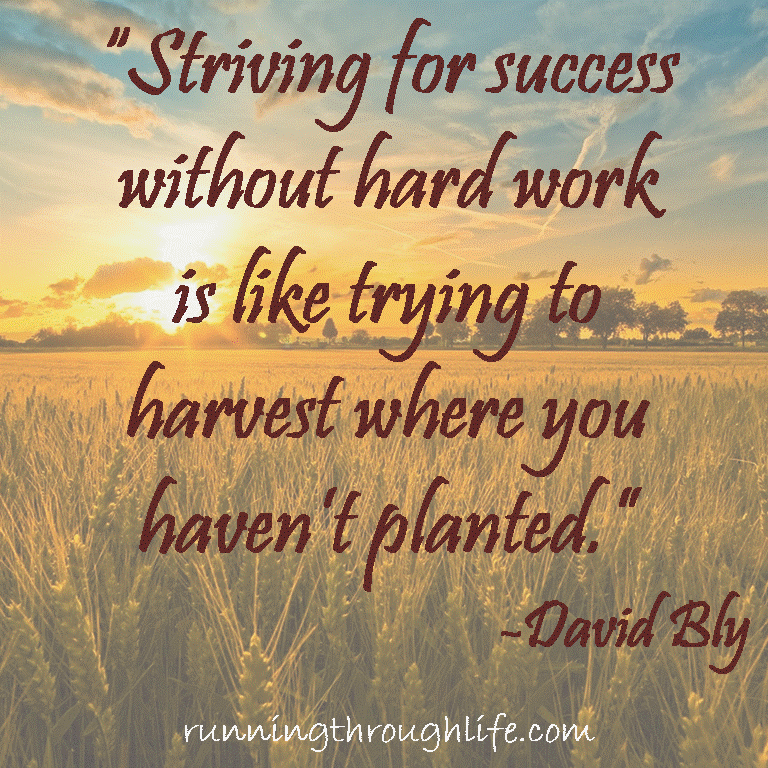My favorite season of the year is Fall.
 |
| Thanks to Megan Z. for this photo taken on the St. Croix River. |
I love the Fall colors. I think Fall is God's way of giving the landscape a bit of a facelift before our Minnesota Winter sets in. You see, if you are not from a Winter Wonderland like Minnesota, you may not know that before the snow covers and illuminates the landscape, that said landscape is brown and downright dreary! That's when God pops the Fall color image back into your head and you say, "Yes, but wasn't it a gorgeous Fall!"
| Love this tree on the front yard of my childhood home. |
I've been doing a bit of facelift work too. Although not nearly as grand as the Fall landscape, I am still proud of some facelift changes at My Barnyard View. Perhaps you noticed the new photo at the header of this blog. Daughter Sara captured this image as we were finishing up hay chopping right before a rain shower that left us with a double rainbow.
You may have also noticed the new "buttons" on the right side of my posts.
 |
| I have added Instagram, and |
 |
| my channel on YouTube showing all my videos. |
I also recently added a "My Barnyard View" Facebook page.
(That's another facelift.)
I invite you to click on the
on the right side of this post, and "like" my newest addition
to the Barnyard family.
Following My Barnyard View is as easy
as a click of a button!
and facelifts!
In honor of all the new changes at My Barnyard View,
let's celebrate with a giveaway!
Enter to win the start of your dairy herd. I promise you will not have to clean-up after her, but if you feed her she will help you save for upcoming holiday gifts, or perhaps pay for another addition to your herd!





